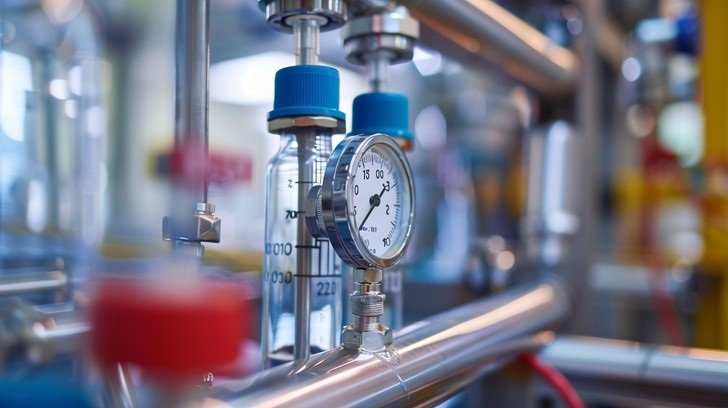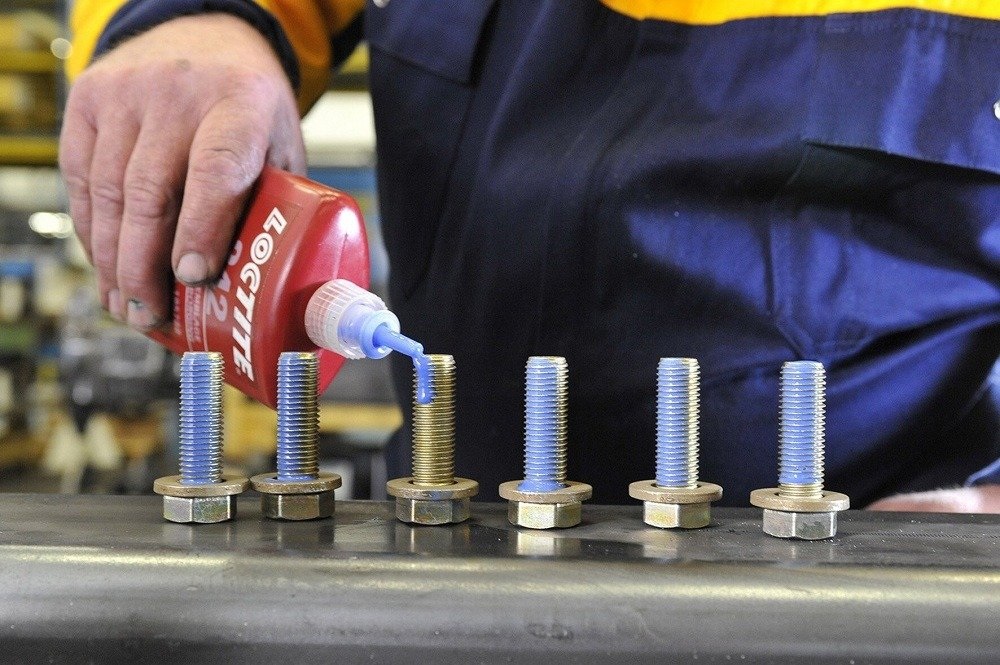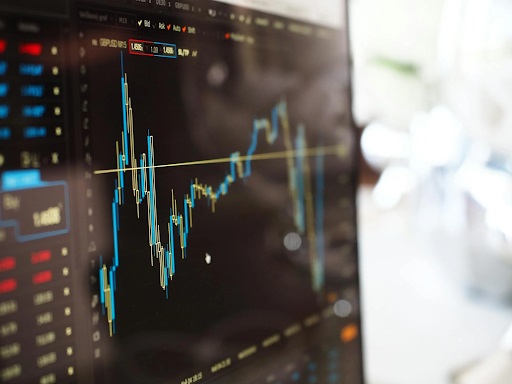Pressure gauges might seem like humble instruments, yet they are the unsung heroes of the industry, silently ensuring that operations are safe and efficient. From maintaining the right pressure in pipelines to ensuring machinery functions correctly, these devices play a critical role.
Understanding Pressure Gauges
Before we explore their applications, let’s define what a pressure gauge is. Essentially, it’s a device that measures the pressure of a fluid (either gas or liquid) within a container. Pressure gauges are vital in various industries for maintaining operational safety and efficiency. Without them, many processes could become hazardous or inefficient, leading to costly downtime or even disasters.
The primary function of a pressure gauge is to provide a visual representation of the pressure level. This allows engineers and technicians to monitor systems and make informed decisions. For industries reliant on precise pressure levels, a dependable pressure gauge is indispensable.
Types of Pressure Gauges You Need to Know
There are several types of pressure gauges available, each suited to different applications and conditions. Understanding these can help you choose the right one for your needs.
Bourdon Tube Gauges
The most common type, Bourdon tube gauges, operate by sensing pressure changes through a curved tube that straightens when pressure increases. They are reliable, cost-effective, and suitable for many applications. However, they may not be ideal for environments with extreme temperatures or vibrations.
Diaphragm Gauges
These utilize a flexible membrane that deflects under pressure to provide a measurement. Diaphragm gauges are excellent for low-pressure applications and are often used in the food industry due to their sanitary design. However, their accuracy can be affected by temperature fluctuations.
Bellows Gauges
Bellows gauges use multiple folds that expand and contract with pressure changes. They are sensitive and work well for measuring low pressures. While they offer high precision, they are less robust than other types, making them unsuitable for high-pressure environments.
The Technology Behind Pressure Gauges
The mechanics of pressure gauges are fascinating, with technology continually evolving to enhance precision and functionality. Traditional gauges use mechanical methods to measure pressure changes, while modern advancements have introduced digital and smart gauges.
Mechanical Foundations
Conventional gauges rely on physical deformation, such as the bending of a Bourdon tube, to indicate pressure levels. These mechanical parts translate pressure into readable data, typically shown on a dial.
Digital and Smart Innovations
Digital pressure gauges provide clear, accurate readings and often include features like data logging and remote monitoring. Smart gauges take this a step further, integrating with IoT systems for real-time analysis and predictive maintenance. These advancements allow industries to improve efficiency and reduce downtime, showcasing the future of pressure measurement.
Applications Across Industries
Pressure gauges are used in a multitude of sectors, each with its unique needs and challenges. Let’s explore some of these industries where these tools are indispensable.
Oil and Gas Sector
In this sector, pressure gauges ensure safe and efficient extraction, transportation, and processing of oil and gas. They monitor pressure in pipelines and storage tanks, helping prevent leaks and blowouts. Accurate pressure measurement is crucial for maintaining operational safety and environmental compliance.
Manufacturing and Production
Pressure gauges play a key role in manufacturing processes, ensuring machinery functions within safe pressure limits. They help maintain product quality by providing consistent pressure in production lines, whether it’s for molding, extrusion, or mixing.
Healthcare and Pharmaceutical Industries
In healthcare, precision is critical. Pressure gauges are used in equipment like ventilators and sterilizers, where accurate pressure levels are vital for patient safety and product efficacy. They help ensure that medications are produced under optimal conditions, maintaining their potency and safety.
Why Accurate Pressure Measurement Matters
Precision in pressure measurement can make the difference between smooth operations and catastrophic failures. Let’s examine the importance of accuracy and the potential consequences of errors.
Safety and Compliance
Accurate pressure gauges are essential for safety, as incorrect readings can lead to dangerous situations like over-pressurization. Regulatory bodies often mandate regular calibration and maintenance of pressure systems to ensure compliance and safety.
Real-Life Consequences of Inaccuracy
Inaccurate pressure readings can have severe consequences. For example, a pipeline with incorrect pressure monitoring might rupture, causing environmental damage and costly repairs. In the healthcare sector, incorrect pressure in a sterilizer can compromise the safety of medical instruments, posing risks to patient health.
Productivity and Efficiency
Precision in pressure measurement directly impacts productivity. Accurate gauges ensure processes run smoothly, reducing downtime and waste. In industries like manufacturing, this translates into higher output, better quality products, and lower costs.
Maintaining and Calibrating Your Pressure Gauges
For pressure gauges to remain accurate and reliable, proper maintenance and calibration are essential. Here’s how to keep them functioning at their best.
Routine Maintenance
Regular inspections and cleaning can prevent many common issues with pressure gauges. Check for signs of wear or damage and ensure connections are secure. Proper handling and storage also extend the lifespan of your instruments.
The Calibration Process
Calibration is the process of adjusting the gauge to ensure its readings align with a known standard. This involves comparing the gauge’s output with a certified reference and making necessary adjustments. Regular calibration, typically annual or biannual, ensures ongoing accuracy and reliability.
Why Calibration Matters
Calibration is crucial for maintaining the integrity of your pressure gauges. It prevents drift, which can occur over time, leading to inaccurate readings. Regular calibration helps identify potential issues early, reducing downtime and avoiding costly mistakes.
The Future of Pressure Gauges in Industry
As industries evolve, so do the tools they rely on. Pressure gauges are no exception, with ongoing innovations shaping their future.
Emerging Technologies
Developments in materials science and digital technology are propelling pressure gauge innovation. Smart materials that respond to pressure changes and integration with advanced data analytics offer exciting possibilities for more adaptive and responsive pressure measurement.
Industry Adaptations
Industries are increasingly adopting smart pressure gauges, driven by the need for greater efficiency and data-driven decision-making. These tools provide real-time insights, enabling proactive maintenance and optimization of processes.
Looking Ahead
The future of pressure gauges lies in their ability to integrate with broader industrial systems, offering holistic solutions that enhance overall performance. Continued advancements will likely focus on enhancing connectivity, precision, and ease of use.
Conclusion
Now that we’ve explored the fundamentals of pressure gauges, their applications across industries, and the importance of accuracy, it’s clear that these tools are essential for modern industrial processes. As technology continues to advance, so will pressure measurement methods, offering even more benefits for safety, productivity, and efficiency.




